FWCM 11: A Tale of Two Pawn Structures
The eleventh game of the 2016 World Championship ended in a draw. Magnus Carlsen gave up the Arkhangelsk. Karjakin played the d3 Ruy Lopez. At the first critical moment, Karjakin mixed up his plans as Peter Svidler pointed out. Karjakin created a luft for his king, a move that was criticized by some but ended up saving the game for him when Carlsen blasted the center. An illustrated report with critical moments and analysis by Nihal Sarin.
FWCM 11: A Tale of Two Pawn Structures
Annotations: Nihal Sarin | Photos: Albert Silver
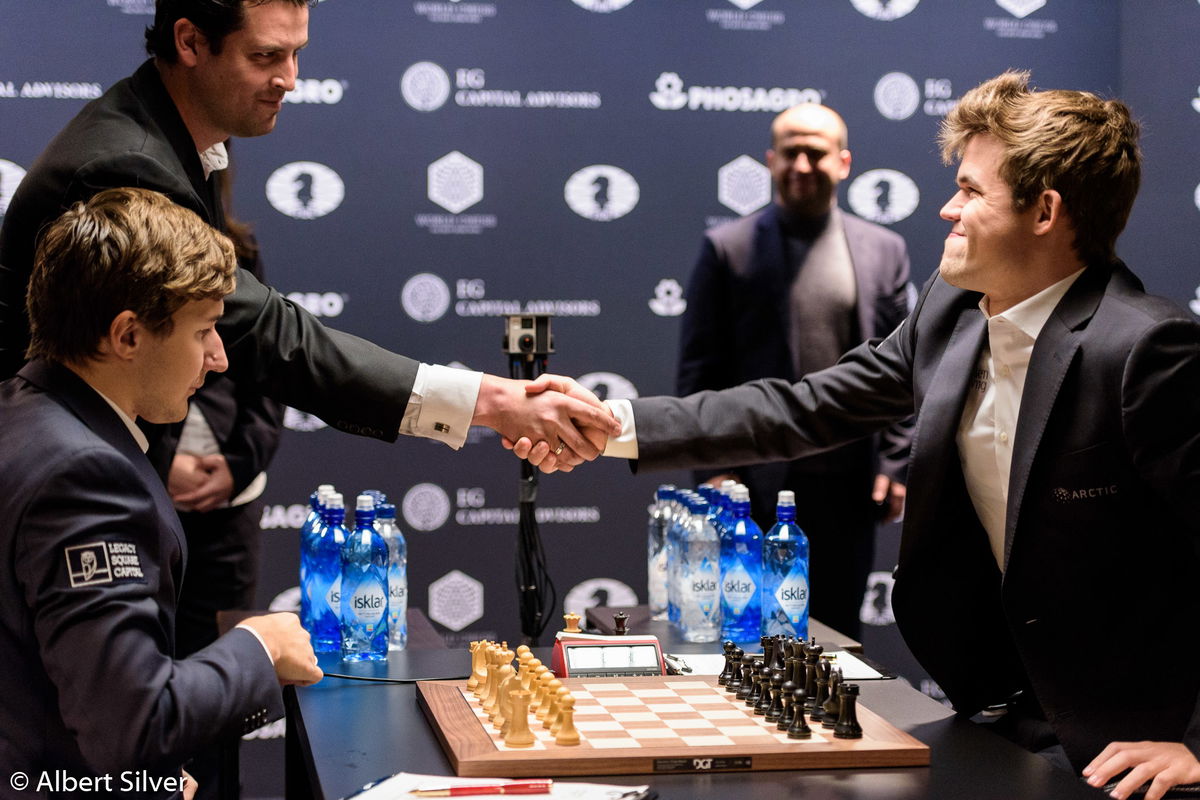
The eleventh game required Sergey Karjakin bring forth an eleventh-hour performance, but Magnus Carlsen was clearly ready to nip white's chances at the bud.
Interestingly, Magnus never chose to defend with the Berlin, a system that has won him two world championships already, in the match until this point. In the ninth game, he tried the Arkhangelsk with black but unexpectedly landed in a worse position.

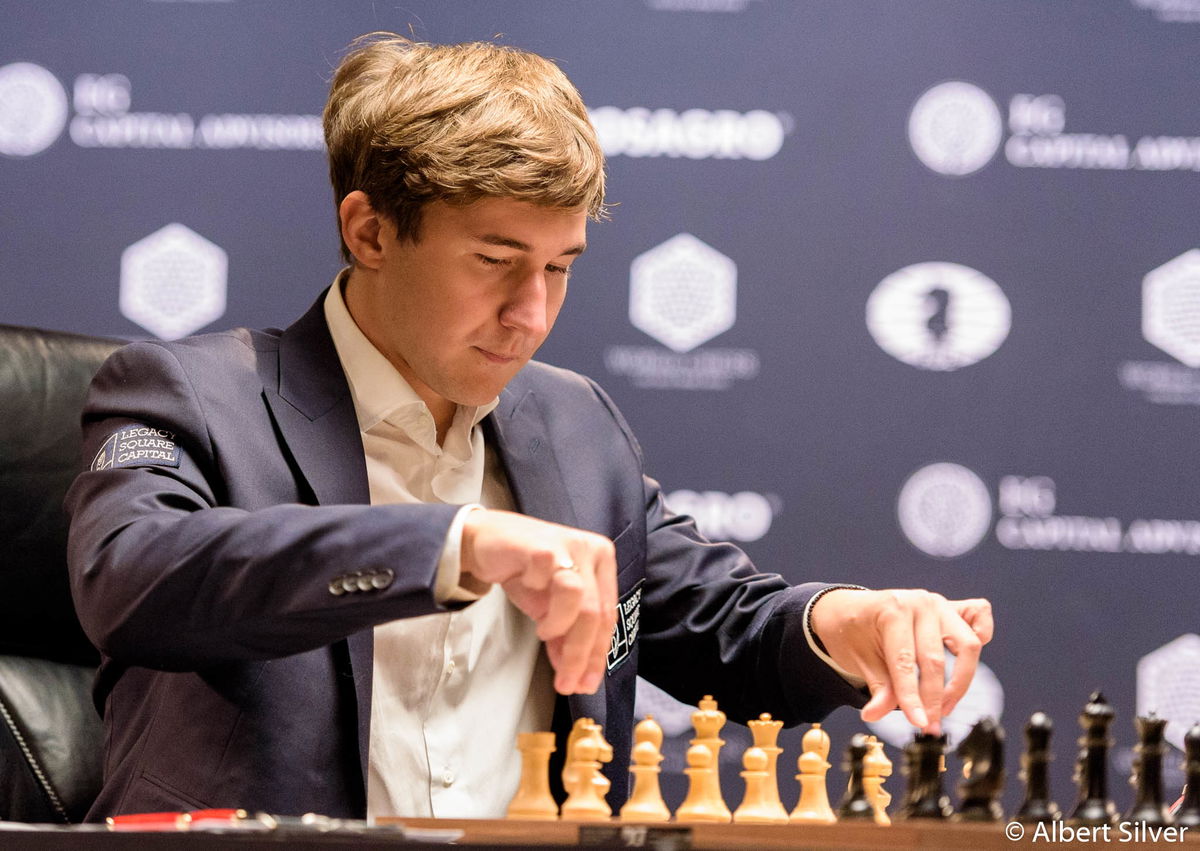

Thirteen moves into the game, white had a clean pawn structure with possibilities to break with f4-f5, and a4. Black has only one sensible option, but it is good enough — to break with ...c5-c4. Karjakin chose to play 14.f4 in this position.

He instead prefers to break with a4, as Vishy Anand and Leinier Perez Dominguez did against him.
But White has to be precise. 14. Qg4 is the best move according to Peter Svidler. Now, 14...Qd7 15. b3 c5 16. a4 is his suggestion.

How does Svidler know that this is the best way to play? It is because Leinier Perez Dominguez, playing white, beat him from this exact position in 2013! Against Anand, Svidler played a similar structure with black and drew. (You can find the games in Nihal's analysis below).
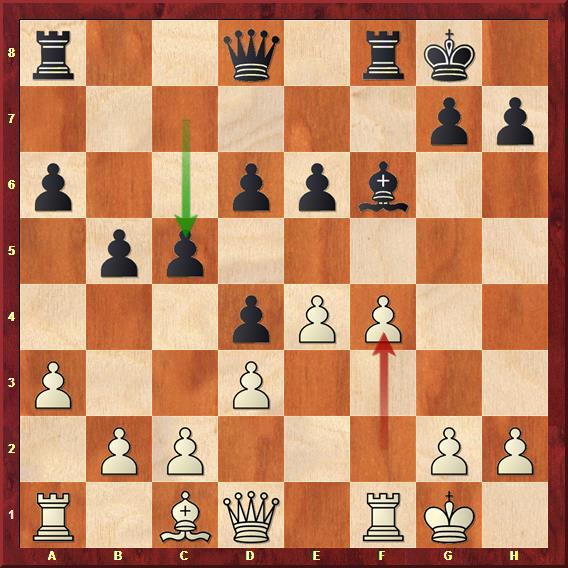
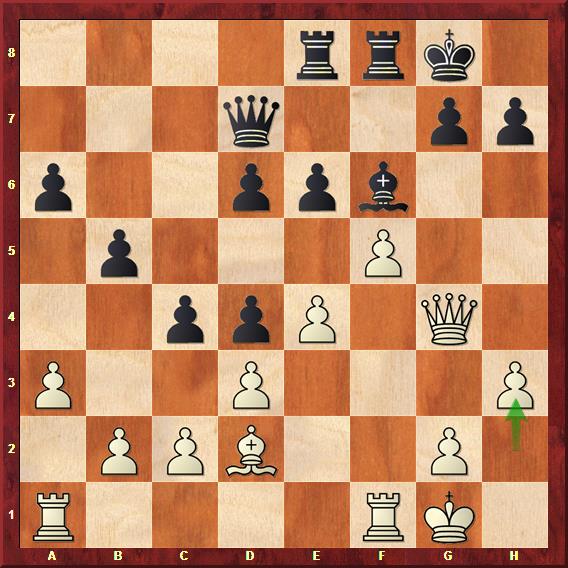
Opinions were divided among the grandmasters...
This is what happen when one plays h3. Karjakin now allows Carlsen to dictate the game #CarlsenKarjakin
— Susan Polgar (@SusanPolgar) November 26, 2016
Susan Polgar does not like it.
Feels like Black got a better version of what he is supposed to get from this variation. If 18...e5!? I put $ on Carlsen. #CarlsenKarjakin
— Anish Giri (@anishgiri) November 26, 2016
Anish Giri thinks Black got off with more than he deserves normally!
I like 18.h3. No idea if it's any good, but I definitely like it.
— Jonathan Rowson (@Jonathan_Rowson) November 26, 2016
Something cute about it. And keeps the queen safe.#CarlsenKarjakin
Jonathan Rowson found it cute.
Our 12-year-old analyst retrospectively thinks that it is a sensible move because it protects the queen and creates a luft for the king, something that proved critical at the end of the game!
Fair enough.
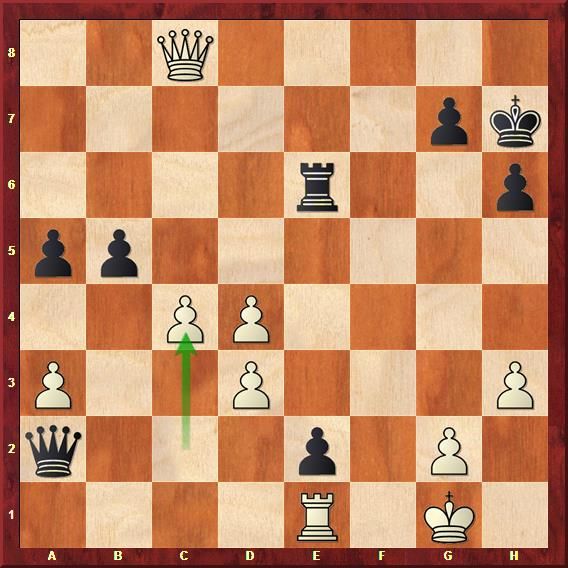
Sergey Karjakin - Magnus Carlsen (Annotations by Nihal Sarin)
[Site "?"]
[Date "2016.11.27"]
[Round "11"]
[White "Karjakin, Sergey"]
[Black "Carlsen, Magnus"]
[Result "1/2-1/2"]
[ECO "C77"]
[WhiteElo "2772"]
[BlackElo "2853"]
[Annotator "Nihal Sarin"]
[PlyCount "67"]
[EventDate "2016.??.??"]
[SourceDate "2003.06.08"]
any black games in this WC Match.} 4. Ba4 Nf6 5. O-O Be7 {After the loss in
the eighth round, Magnus had tried the Arkhangelsk variation, but Sergey
played well and Magnus was worse.} 6. d3 {Karjakin goes for this tricky system
with Nc3.} (6. Re1 O-O 7. c3 b5 8. Bb3 {is the main line, but maybe Karjakin
wanted to avoid the Marshall.}) 6... b5 7. Bb3 d6 8. a3 {Important move,
freeing a square for the bishop.} (8. h3 $6 Na5 $1 {Black is OK here, as
he gets the bishop on b3.}) 8... O-O 9. Nc3 Be6 (9... Bg4 10. Be3 {and the pin
is nothing to worry about. White could play h3 and g4 somewhere.} Qd7 11. h3
Bh5 12. Nd5 Nxd5 13. Bxd5 {And g4.}) 10. Nd5 {I think the idea of Nc3 is to
meet Be6 with Nd5.} Nd4 {Magnus strikes back in the center with his knight.}
11. Nxd4 (11. Nxe7+ Qxe7 12. Nxd4 exd4 13. Bg5 Bxb3 {ended 0-1 (41) Ivanchuk,V
(2755)-Svidler,P (2769) Thessaloniki 2013}) 11... exd4 12. Nxf6+ Bxf6 13. Bxe6
fxe6 {Many pieces have been exchanged off.} 14. f4 {With the idea to get some
pawn thrusts. But this also leads to mass exchanges as we shall see.} (14. Qg4
{is the precise move according to Peter Svidler.} Qd7 ({Here,} 14... Qc8 {
was played by Gabriel Sargissian.}) 15. b3 c5 16. a4 {is Svidler's suggestion.
He himself suffered with the black pieces in 2013 against Dominguez from this
position.}) (14. a4 {was tried by Anand and Dominguez against Svidler, both
the games occurring in 2013. While Svidler held the former, he lost to the
latter.} c5 ({Svidler tried} 14... Qd7 {against Dominguez} 15. b3 c5 16. Qg4 {
reaching a position which he thinks is the best chance for white as suggested
in the previous note.}) 15. Qg4 Qd7 16. axb5 axb5 17. Bd2 {A somewhat similar
structure arose in the game as well.} c4 {1/2-1/2 (35) Anand,V (2783)-Svidler,
P (2747) Paris/St Petersburg 2013}) 14... c5 {Black does the same. He wants to
play c4.} 15. Qg4 Qd7 16. f5 Rae8 17. Bd2 c4 {The position is balanced} 18. h3 {
White plays a sensible move, protecting the queen in future and also clearing
the h2 square for the king (also in future!)} c3 {Black is aiming to change
the pawn structure.} (18... d5 {looks interesting as well.} 19. fxe6 (19. Bb4
Rf7 20. fxe6 Rxe6 21. exd5 Qxd5 22. Rae1 Rxe1 23. Qc8+ Qd8 24. Qxd8+ Bxd8 25.
Rxe1 Rd7 26. Re6 a5 $11) 19... Rxe6 20. Rae1 dxe4 21. Rxe4 Re7 $11) (18... e5
$5 {was suggested by Anish Giri online.} 19. b3 d5 20. a4 $13 {/=}) 19. bxc3 d5
$1 {Black strikes in the centre.} 20. Bg5 {Now the complications fizzle out to
be a draw.} Bxg5 21. Qxg5 dxe4 22. fxe6 Rxf1+ 23. Rxf1 Qxe6 24. cxd4 e3 {
After an almost forced sequence, black is a pawn down, but he has a very
strong passed pawn.} 25. Re1 h6 26. Qh5 e2 27. Qf3 a5 28. c3 {Holding back
Black's pawn thrusts.} ({A note for kids: White cannot win the e2 pawn with
something like} 28. Kf2 $4 Rf8 $19) 28... Qa2 29. Qc6 Re6 30. Qc8+ Kh7 31. c4
$1 {This move breaks the connection between the queen and the rook, forcing a
draw.} Qd2 32. Qxe6 Qxe1+ 33. Kh2 Qf2 34. Qe4+ $11 {Black can't avoid a
perpetual. A high-quality game full of precise moves. The h3 move became
useful after all! Magnus' d5 was an interesting move almost forcing a draw. An accurate game. It
remains to be seen how much longer can they remain accurate.} 1/2-1/2
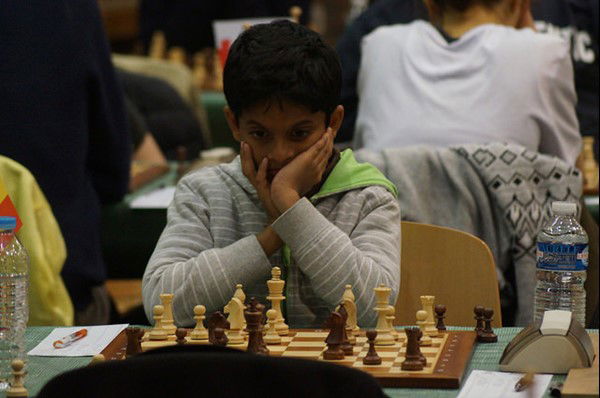
Related:
- FWCM 10: Force Magnus is back!
- FWCM 2016 09: Karjakin cements his lead
- FWCM 2016 08: Karjakin strikes the first blow
